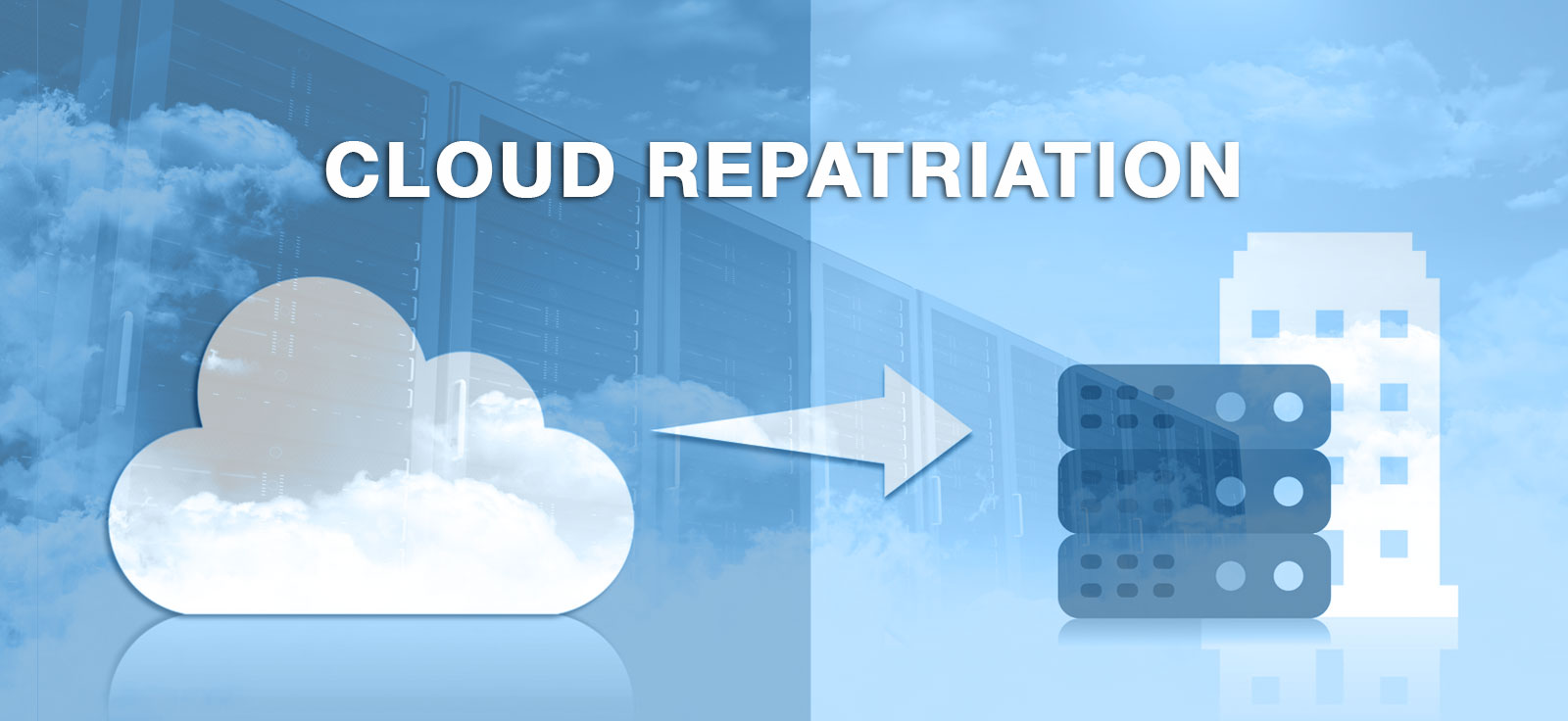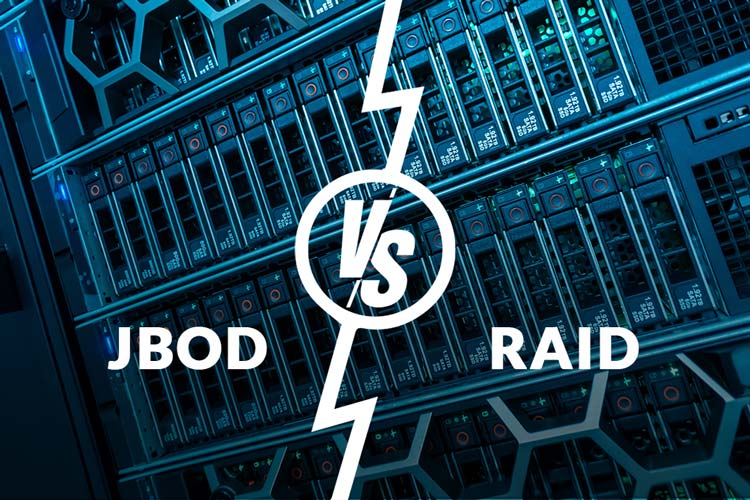For the past few years, prominent public cloud providers have served as the perfect, easy-to-manage, and low-cost solution for many companies wanting to cut down on IT expenses. However, today, cloud repatriation is becoming a hot topic, and many organizations are seeking to reclaim control over their data and workloads previously migrated to the public cloud. A legitimate question arises: what does this mean?
While there are many oversimplified explanations of the cloud-repatriation phenomenon, mentioning cloud abandonment because of high costs and less safety, the situation is much more complex.
Many organizations made rushed decisions about moving everything to the cloud, and the challenges these decisions brought are beginning to surface now. Lots of companies closed off their on-prem data centers to reduce costs and switched to a cloud-only strategy.
However, the rapid changes in the technological landscape create new needs and situations, and having all infrastructures only in the public cloud might not be the best solution in all cases. Today, headlines are full of companies choosing cloud repatriation and moving back from hyperscalers to on-premises or data center colocation facilities. However, this doesn’t mean a total abandonment of the cloud, as some sources suggest. Companies still rely on the public cloud for various workloads, but a hybrid, “cloud plus something else” approach is gaining popularity. Demand for cloud resources is still steadily growing, and there doesn’t seem to be a major change in data center colocation providers contracting or more hardware being suddenly sold either. So, what’s going on?
This blog will take a shot at understanding cloud repatriation and the reasons behind the latest trends of taking workloads home. Stick around!
The Rise Of Cloud Repatriation
The definition of cloud repatriation in a sentence would be migrating data and applications from the public cloud back to private infrastructures. Private infrastructures can be either on-premises or in data center colocation facilities. Those can be anything from a private virtual setting to a private cloud or legacy IT infrastructure, as long as it is private and independent of the public cloud provider. Which one is right for you depends on the type of workload and applications you want to run.
As opposed to public hyperscalers, data center colocation providers offer secure, single-tenant private environments that come with the convenience of managed services. Help being accessible can be an important factor in the growth of cloud repatriation tendencies. What’s certain is that the phenomenon is here to stay for a foreseeable period in the future.

Why Companies Are Bringing Data In-House
There are a few good reasons behind the rise of the inclination toward cloud repatriation. Higher costs, unforeseen performance issues, or unexpected cloud outages are all reasons behind the trend. Let’s take a look at the most frequent catalysts.
The public cloud costs more than expected
Many companies started to experience surprisingly high expenses associated with using the public cloud infrastructure. In most cases, this happened due to rushed, impulse-made decisions in the beginning. Who could deny it? The public cloud, with its instant accessibility, can be very attractive to anyone at the beginning of a business journey. However, the lack of a thorough data strategy and thinking forward can lead to losing control over expenses later on. Whether the public cloud remains a solution (or a partial solution) largely depends on the workload and the type of applications. The wrong workloads in the wrong settings can prove to be more expensive long-term. Some implications of cloud-only or cloud-native approaches emerge only later down the road. This results in companies reaching a certain age turning to cloud repatriation or cloud optimization strategies to find a better solution for their particular case.
Data security and compliance remain a concern
Following the initial wave of excitement after migrating everything into the cloud, many companies found themselves ruminating on whether it’s a good idea to have all that private data in public cloud environments. The issue goes even further in some cases: compliance obligations can determine how and where certain kinds of data can be stored. Contractual agreements can also bring limitations to data storage. Hence, many companies choose partial or full cloud repatriation and withdraw sensitive data and applications from the public cloud when they have to adhere to regulations.
Public cloud resources need to be protected through strict measures to prevent breaches. Organizations using the public cloud need to be well-informed about the security services provided. Any small mistake can be fatal to the safety and security of the data. At the same time, managing the security of large workloads in the cloud can be error-prone. As a result, many companies choose cloud repatriation to have better control over security tools and measures on-premises.
Unforeseen performance issues
The importance of planning can’t be stated enough. Organizations going “all in” without planning appropriately for changing workloads and applications have suffered bigger expenses than expected. However, cost is not the only reason for regret. Cloud repatriation trends have to do with performance issues as well. Many have experienced devaluation of performance due to bandwidth and latency issues. Latency-sensitive applications don’t satisfy the assumed performance in the public cloud as they could in other on-premises or colocation data center environments.
Many organizations thought of cloud-only as the easier solution, but actually, a lot of applications could have been better off performance and latency-wise in a private environment. Because technology changes constantly and environments become increasingly complex, different resources and approaches are needed for optimizing infrastructure management. With increasingly intricate configurations, many companies wish they’ve kept their infrastructure in-house.

When does a workload need cloud repatriation?
There are many elements determining whether a workload needs cloud repatriation or it can stay where it is. It largely depends on the type of workload, the applications, its users, and several other factors. A small business just starting can, in most cases, take full advantage of the instant availability and elasticity of the public cloud environment. At this phase, the public cloud is also the most accessible price-wise.
What needs to be understood is that workloads are constantly changing, redefining what the “optimal solution” is at a given time. However, there’s one fundamental reference when thinking about going for cloud repatriation: whether or not performance is impacted if the workload stays in the cloud.
Replicated cloud infrastructures don’t always hold up to expectations
The problem with the public cloud is that it’s not tailor-made to accommodate specific workloads. It is a service with rather fixed parameters. As a result, there is no assurance that the environment will be suitable for the workload’s latency requirements, for example.
Many companies migrating to the public cloud do this to take advantage of the cloud’s easy scalability. However, sometimes a workload doesn’t grow at the expected pace, or it changes and doesn’t require that much flexibility for scaling anymore. In that case, cloud repatriation is a good choice, considering the lower cost of keeping those workloads on-premises.
Changing business dynamics drive cloud repatriation tendencies
Over time, the purpose and use of a workload can change dramatically. A workload can no longer require scalability and expensive, rented computing power. In this case, a company can and should decide to withdraw the workload from the cloud to colocation or on-premises. Cloud repatriation can be the solution when workloads or sets of data become unnecessary.
Additionally, many business decisions and changes can influence cloud repatriation. Collaborations or merging businesses are typical situations when aligning approaches becomes important, and oftentimes, cloud repatriation is the solution.
Conclusion
Cloud repatriation can be the right solution in many cases; however, it’s important to understand that bringing the workload home can be just as complicated of a procedure as the initial migration. However, in the long run, cost savings, security, and reliable performance win. The key is to know when a company can benefit from the public cloud and when it’s time to move on.
Got questions? Want to talk specifics? That’s what we’re here for.
Interested in cloud repatriation trends? Discover how Volico Data Centers Colocation facilities and services can help you with flexible and efficient alternatives to public cloud environments.
• Call: (305) 735-8098
• Chat with a member of our team to discuss which solution best fits your needs.








